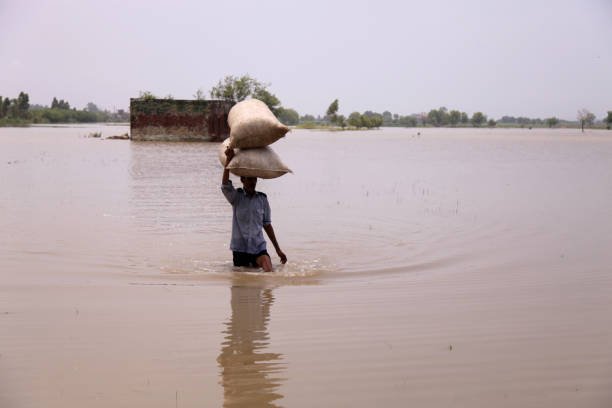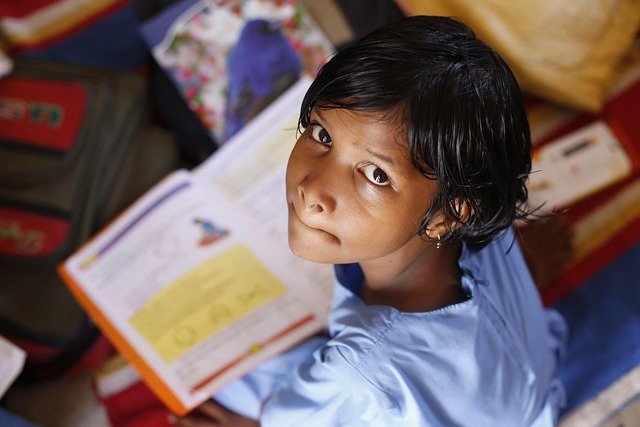Disasters can strike anywhere, anytime, leaving behind devastation, loss, and despair. Whether it’s a natural calamity like floods, earthquakes, cyclones, or man-made disasters, the aftermath often leaves families struggling to rebuild their lives. This is where donate for disaster relief initiatives play a crucial role. Your contribution can make a tangible difference in helping victims recover and rebuild their lives.
In this blog, we will explore the importance of disaster relief donations, how your contribution aids disaster rehabilitation, and practical ways to support victims effectively.
Why Disaster Relief Donations Matter
When disaster strikes, immediate needs such as food, water, shelter, and medical care become critical. Governments and local authorities often struggle to meet these sudden demands. This is where charitable donations step in to fill the gaps.
- Immediate Assistance: Your donation provides victims with essential supplies like clean water, food, medicines, and temporary shelter.
- Long-term Rehabilitation: Beyond immediate needs, disaster victims require assistance to rebuild homes, schools, and infrastructure. Donations contribute to long-term recovery efforts.
- Empowerment: By supporting disaster victims, you help them regain dignity, independence, and hope for a better future.
Studies show that countries with robust disaster relief networks recover faster. Private donations complement government aid by accelerating disaster rehabilitation programs.
How Your Contribution Reaches Disaster Victims
Understanding where your donation goes is vital. Trusted organizations ensure transparency by allocating funds efficiently:
- Emergency Aid: Immediate provision of food, water, medical care, and temporary shelters.
- Medical Support: Vaccinations, first-aid kits, and treatment for injuries or disease outbreaks.
- Rebuilding Homes: Reconstruction of damaged homes, schools, and community centers.
- Psychological Support: Counseling and mental health programs for victims who experience trauma.
Every rupee donated can save lives and restore hope. When you choose to donate for disaster relief, you are not just giving money; you are contributing to a structured recovery process.
Types of Disaster Relief Donations
There are several ways to contribute to disaster relief and rehabilitation:
- Monetary Donations: Direct funds to reputable NGOs ensure quick deployment for emergency aid and reconstruction.
- Material Donations: Clothes, food packets, blankets, and hygiene kits are essential for immediate relief.
- Volunteering: Skilled volunteers can assist in medical care, logistics, and rebuilding infrastructure.
- Corporate Social Responsibility (CSR) Contributions: Businesses can fund large-scale projects for community rehabilitation.
By diversifying your contributions, you can address both immediate and long-term needs of disaster victims.
How to Choose a Reliable Disaster Relief Organization
Selecting a trustworthy organization is critical to ensure your donation makes a real impact. Here’s what to look for:
- Transparency: Clear financial reports and updates on how donations are used.
- Reputation: Verified track record of successful disaster relief programs.
- Focus Areas: Organizations that specialize in emergency aid, rehabilitation, and long-term recovery.
- Local Presence: NGOs with on-ground teams can respond faster to emergencies.
Some globally recognized disaster relief organizations include the Red Cross, Save the Children, and local NGOs working at the community level.
Real-Life Impact of Disaster Relief Donations
Consider the recent floods in various regions: communities received immediate support through donated resources. Families could rebuild homes, children could return to school, and affected areas could restore livelihoods. These stories highlight how every contribution, no matter how small, helps in disaster rehabilitation and improves quality of life for victims.
How can I be sure my donation reaches the right people?
Choose registered and reputable organizations that provide transparency reports and updates on how funds are used.
Is monetary donation better than material donation?
Monetary donations are more flexible, allowing organizations to buy exactly what is needed locally, reducing logistics costs.
Can I donate to multiple disasters at once?
Yes, many organizations offer the option to support multiple relief programs simultaneously.
Do donations help in long-term rehabilitation too?
Absolutely. Many NGOs allocate funds for rebuilding homes, schools, and livelihoods, ensuring victims recover fully.
How You Can Make a Difference Today
Every action counts. Here’s how you can start helping disaster victims right now:
- Research and select a reliable NGO.
- Choose a donation method: online, offline, or material support.
- Share awareness about ongoing disasters with your network.
- Volunteer your skills in affected areas if possible.
- Encourage others to contribute and create a ripple effect of support.
Your small step can lead to a significant change in someone’s life.
Conclusion
Disasters are unpredictable, but hope and recovery are possible through the collective efforts of compassionate individuals. By choosing to donate for disaster relief, you contribute to immediate aid, long-term rehabilitation, and the empowerment of victims. Your support ensures that communities can rebuild stronger, healthier, and more resilient than before.
Remember, disaster relief is not just about helping in the moment—it’s about giving people the tools to rebuild their lives, regain independence, and restore dignity. Start today, donate, and be a lifeline for those in need.


